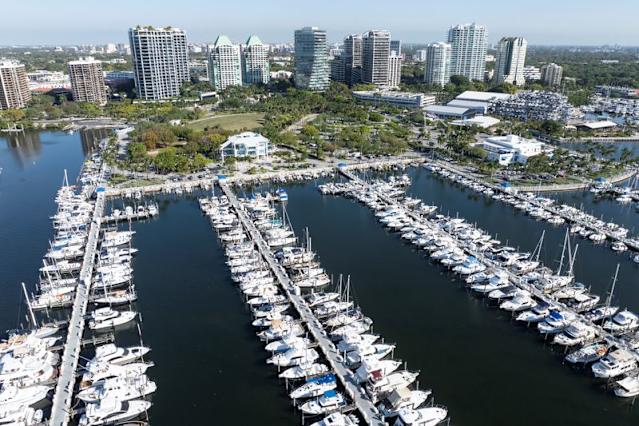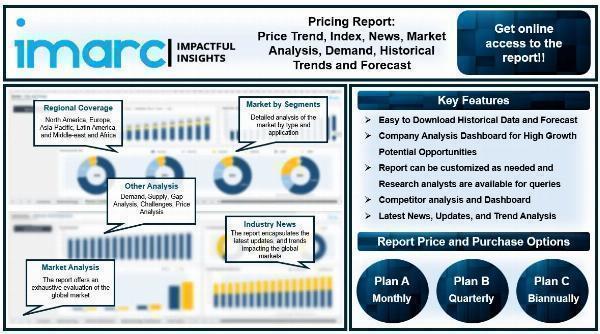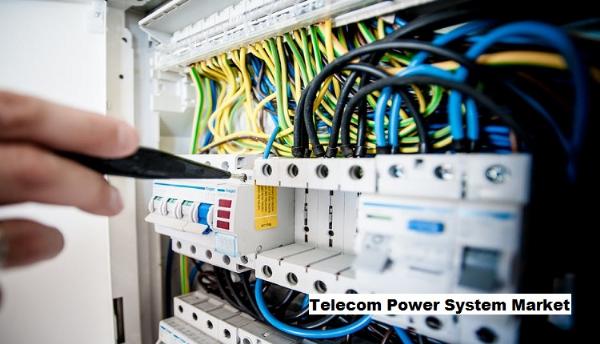U.S. Existing Home Sales Unexpectedly Rise in May, But High Mortgage Rates and Economic Uncertainties Weigh on the Market
According to the National Association of Realtors, U.S. existing home sales unexpectedly increased in May, climbing 0.8% to a seasonally adjusted annual rate of 4.03 million units. However, the sales pace was the slowest for the month of May since 2009, and sales fell 0.7% on a year-over-year basis in May.
Lawrence Yun, the NAR's chief economist, attributed the relatively subdued sales to persistently high mortgage rates. "If mortgage rates decrease in the second half of this year, expect home sales across the country to increase," he said.
The average rate on the popular 30-year fixed-rate mortgage has hovered just under 7% this year. President Donald Trump's aggressive tariffs on imported goods have heightened uncertainty over the economy, which the Federal Reserve has responded to by pausing its interest rate cutting cycle. The U.S. central bank last week kept its benchmark overnight interest rate in the 4.25%-4.50% range, where it has been since December.
The inventory of existing homes increased 6.2% to 1.54 million units in May, and supply surged 20.3% from a year ago. The median existing home price rose 1.3% from a year earlier to $422,800 in May, an all-time high for the month. At May's sales pace, it would take 4.6 months to exhaust the current inventory of existing homes, up from 3.8 months a year ago.
First-time buyers accounted for 30% of sales, down from 31% a year ago, while all-cash sales constituted 27% of transactions, down from 28% a year ago. Distressed sales, including foreclosures, made up 3% of transactions, up from 2% a year ago.
The report comes as a survey by the National Association of Home Builders showed sentiment among single-family homebuilders plummeted to a 2-1/2-year low in June. The NAHB reported an increase in the share of builders cutting prices to lure buyers and forecast a decline in single-family starts this year. Properties typically stayed on the market for 27 days last month compared to 24 days a year ago.
In conclusion, while U.S. home sales unexpectedly increased in May, the trend remains weak due to high mortgage rates and other economic uncertainties. If mortgage rates decrease in the second half of this year, home sales across the country are expected to increase. However, the current market conditions suggest that it may take some time for the housing market to fully recover.

Resilient willing buyers amidst the dual threats of high mortgage rates and economic uncertainties highlight a persistent demand for homes, though conditions remain volatile.
The unforeseen surge in existing home sales reflected a resilient market despite the added strain of higher mortgage rates and economic uncertainties, indicating underlying demand backed by longer-term strategies rather than short term fads.
此评论指出,尽管5月份美国现有住宅销售意外上扬显示市场需求仍然活跃但高抵押贷款利率与经济不确定性正在对市场施加压力。


![Isothermal Bags Containers Market [2028]: Top Trends, Size, and Competitive Intelligence - TechSci Research](https://antiochtenn.com/zb_users/upload/2025/07/20250719012446175285948669203.jpg)











